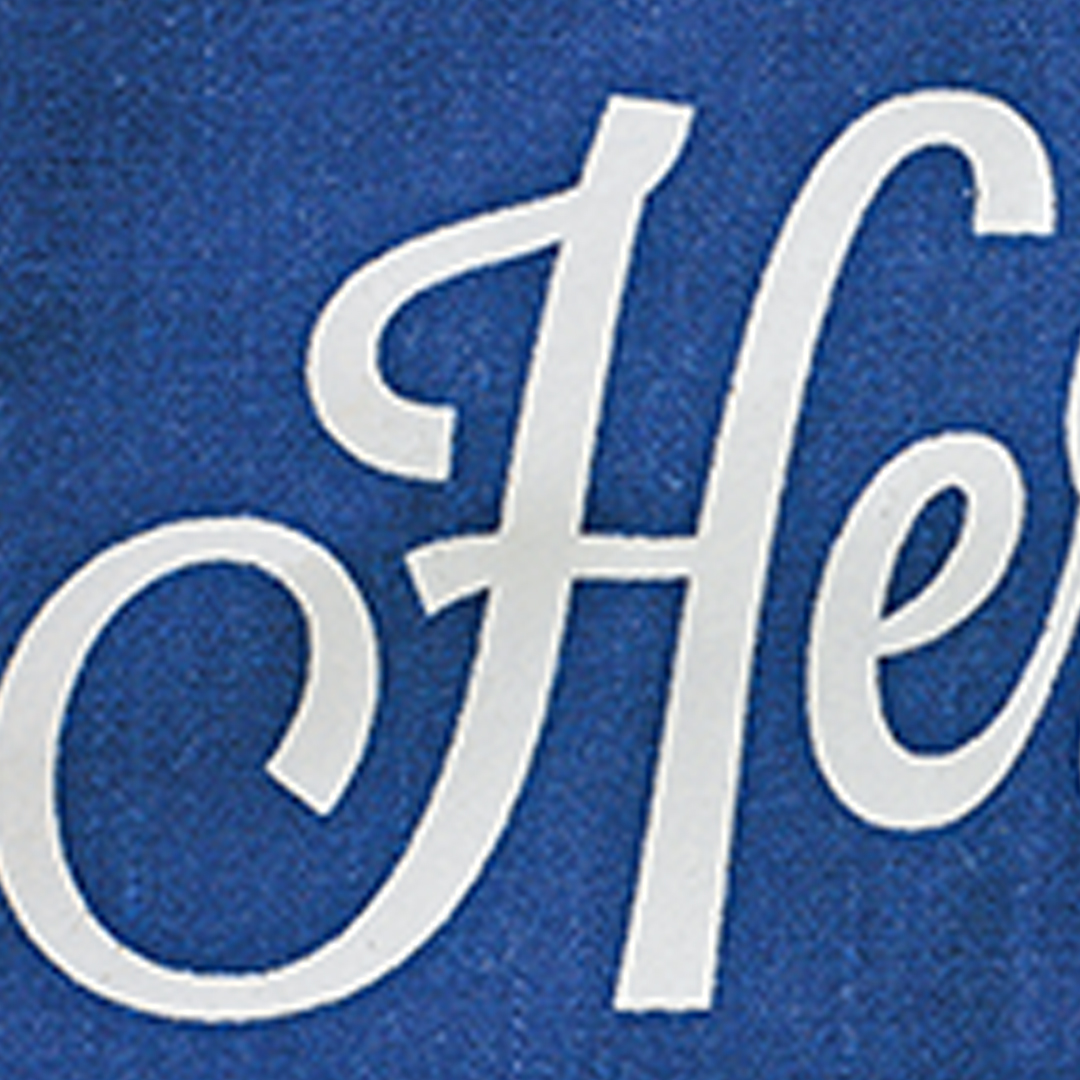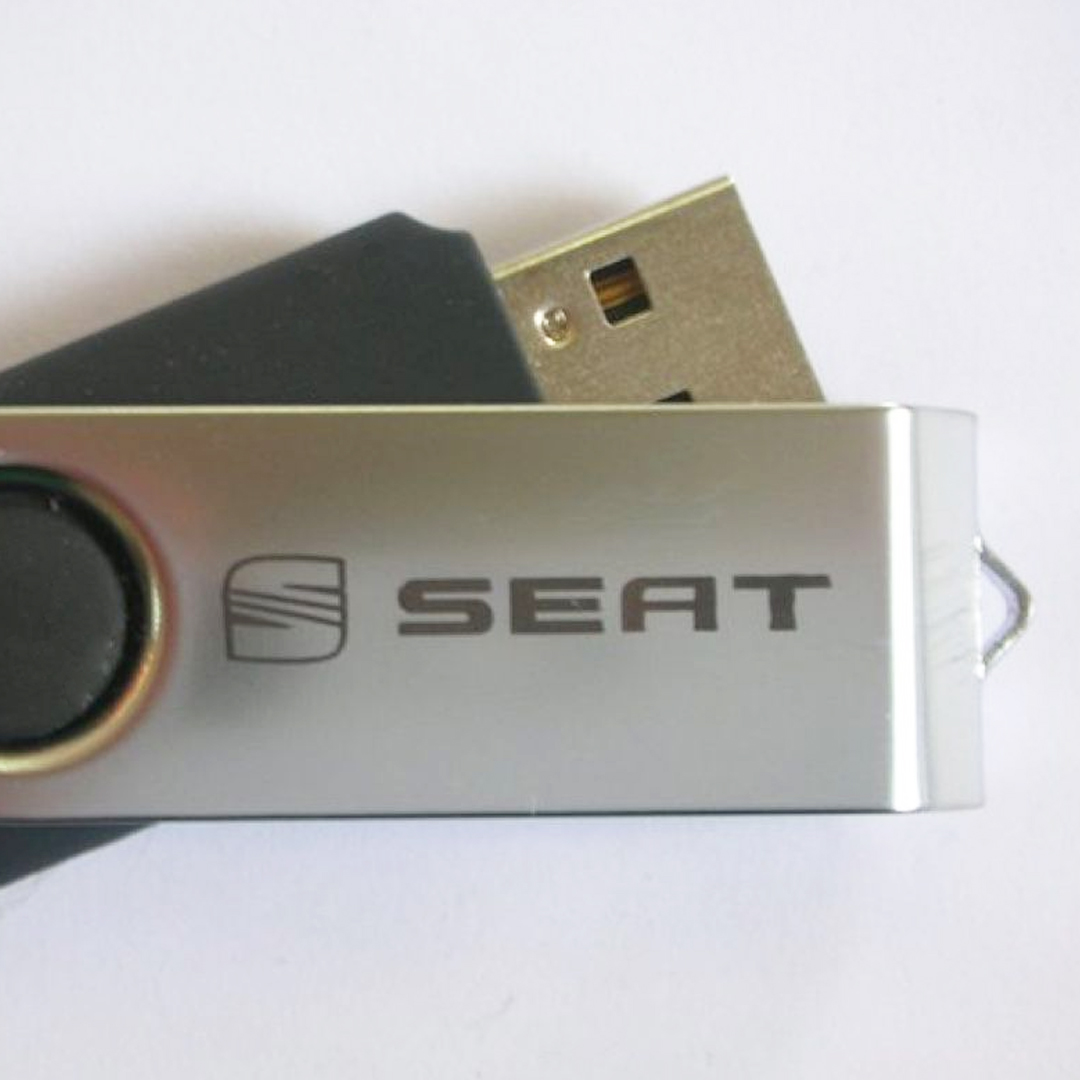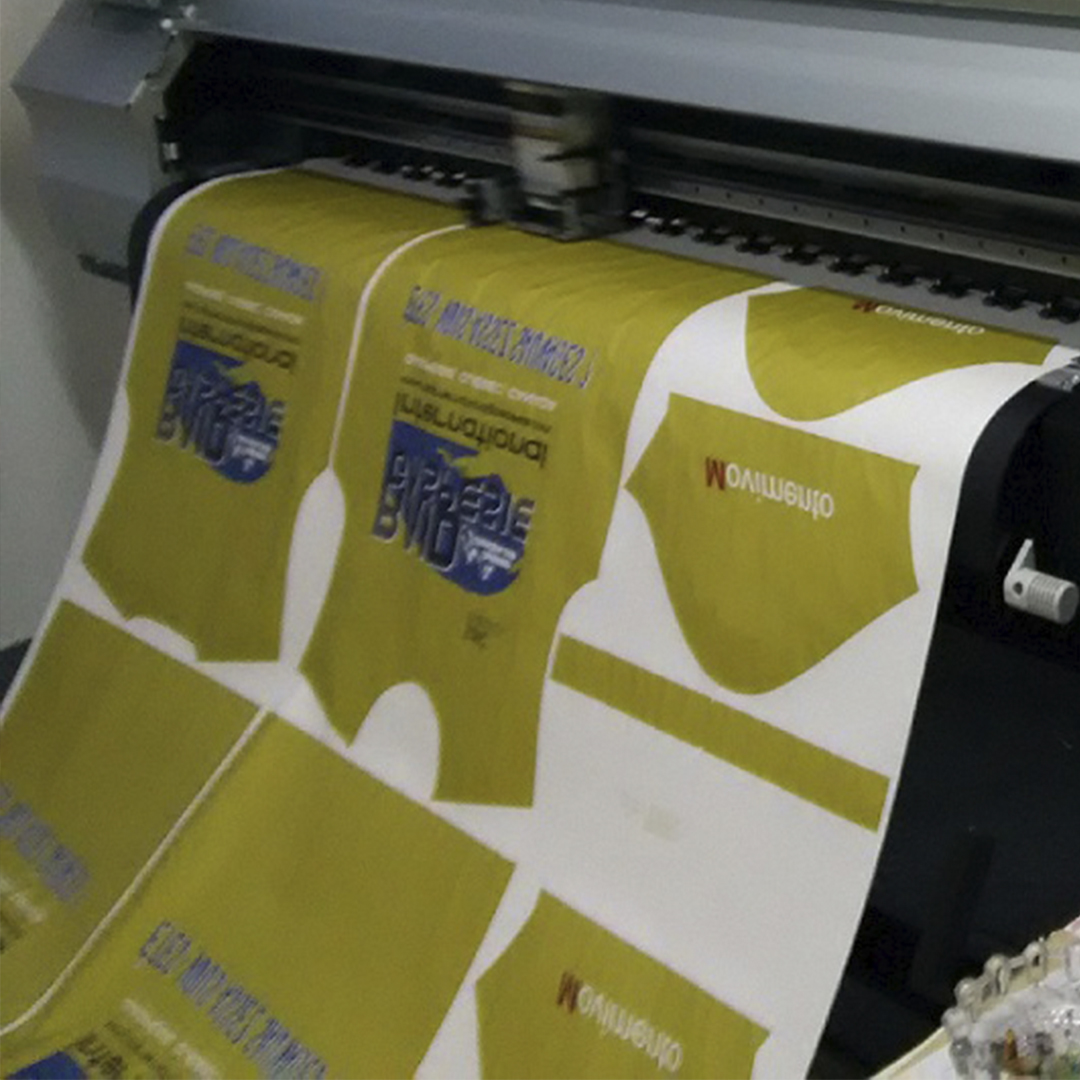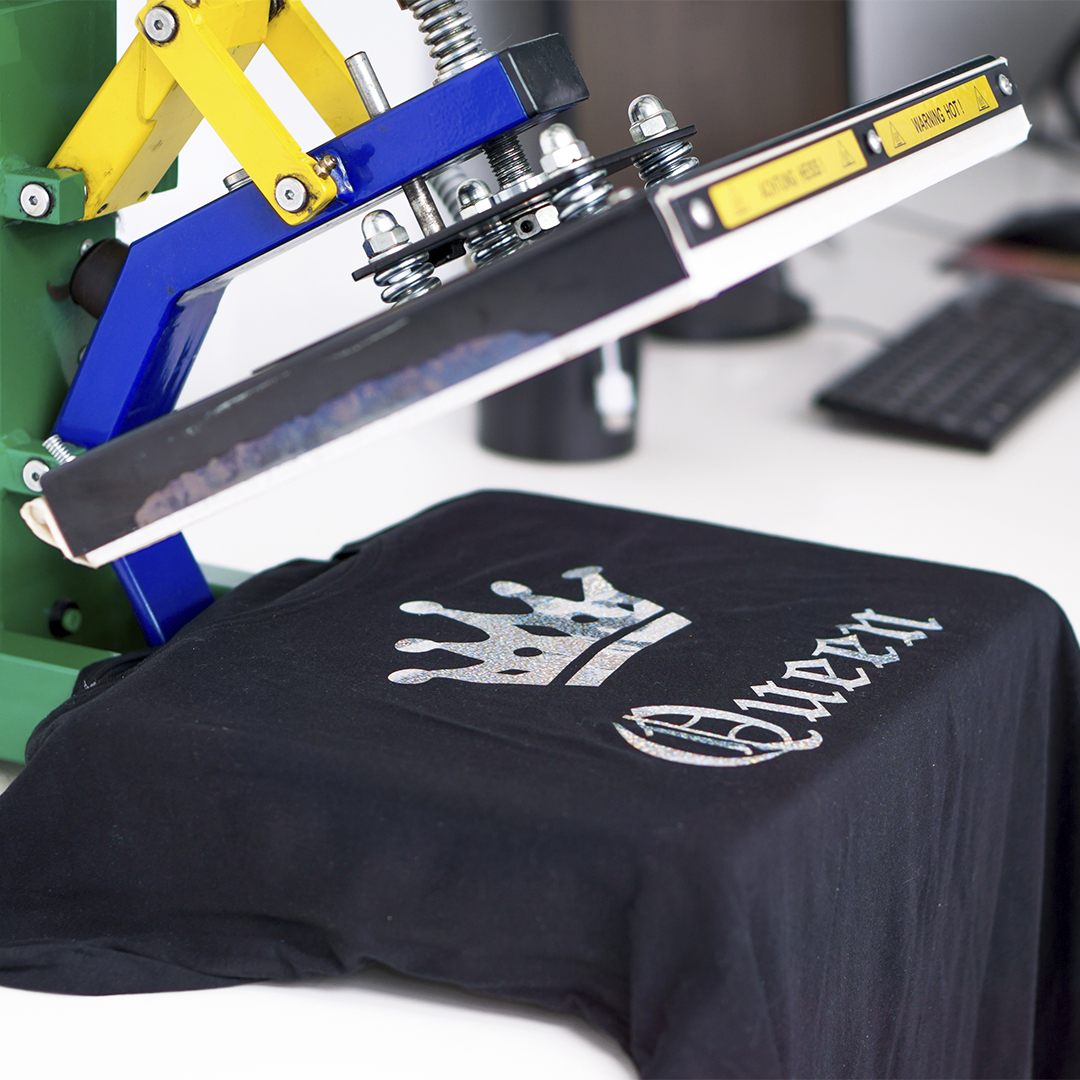Madrid Backpack made from recycled nylon. Features a 22L spacious capacity, a reinforced top handle and waterproof zippers. The padded laptop compartment will hold a 17” laptop and the elastic side pocket is ideal for carrying a bottle. On the opposite side a zippered side pocket for storage. The inner lining reflects the colour of the bag’s exterior and adjustable shoulder straps, and trolley straps have been added for extra comfort and convenience. Complete with an individual recycled cotton bag.
Size:
30x45x13,5
Composition: Recycled Nylon
Weight: 508 grams
Units per box: 10 units
Box measurements: 43 x 39 x 50 (cm)
Textile screen printing
Textile screen printing is the same process as silkscreen printing, but optimized for use on fabrics. It's used on promotional products such as aprons, fleece fabrics (sweaters, vests, etc.), and non-woven bags.
Laser engraving
Laser engraving is one of the most precise and durable marking techniques available. A computer-guided laser beam is projected onto the surface of the product, creating a low-relief design. The result is sharp and elegant. The most suitable materials for this customization technique are metal, wood, or glass. This technique is commonly used on keychains, pens, and USB flash drives.
Digital transfer
Digital transfer is ideal for digitally marking small quantities and without color limitations. It's used on products such as document holders, backpacks, non-woven bags, cork products, and soccer balls.
Silkscreen transfer
Silkscreen transfer is a technique similar to silkscreen printing. The difference is that instead of transferring the ink directly onto the product, it is first printed on transfer paper. This transfer paper is then applied to the product using a heat press. The advantage of this technique is that it supports four-color printing (screen printing only allows for spot colors) and achieves highly uniform results. It is suitable for small quantities of textile products. It is often used for gifts such as document holders, backpacks, non-woven bags, cork products, and soccer balls.











